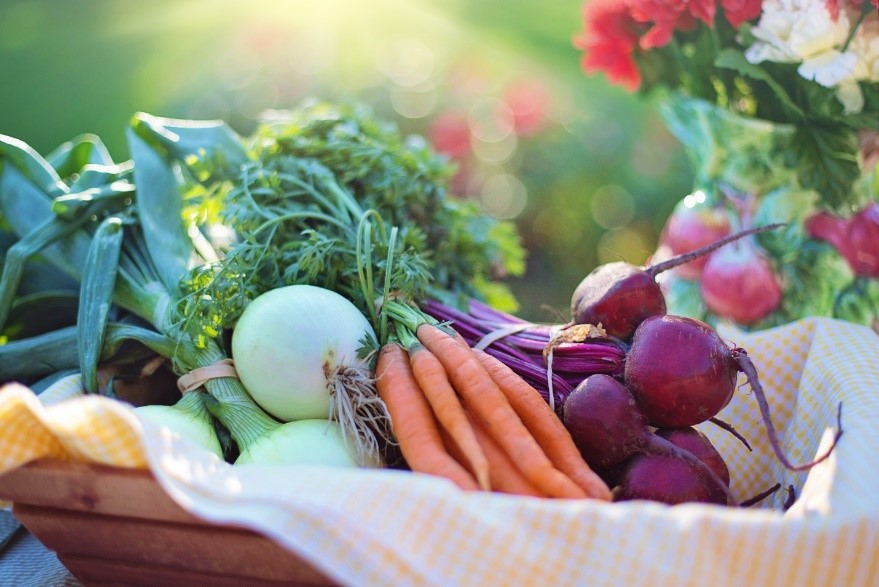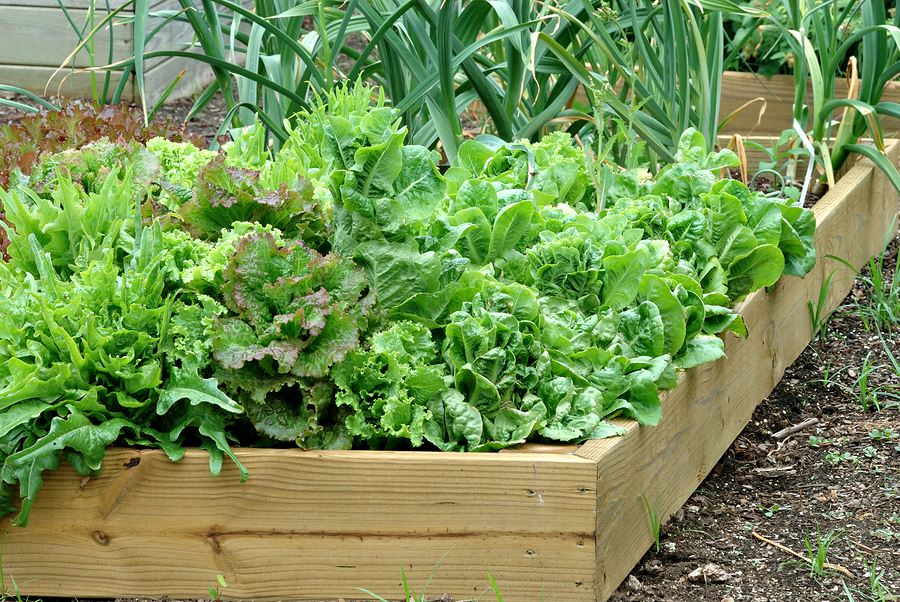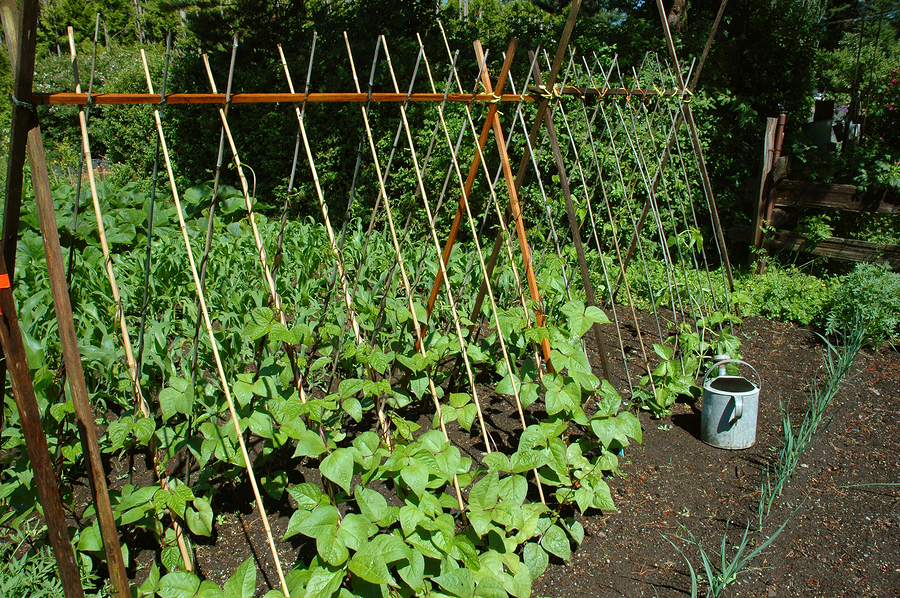Homesteading is the way of life where you grow your own food, get your protein from animals that are fed and taken care of in your own backyard. It aims to make you – the homesteader self-sustainable, so you no longer need to rely on outside help for resources. However, one misconception about being a homesteader is that you have to go all the way and cut back on everything. This cannot be further from the truth. Homesteading doesn’t require you to change your life drastically or leave the outside world.
When I first started with homesteading, I wasn’t sure if I would be able to go through. But as time went by, things began to fall into place, and before I knew it, I had turned my backyard into an urban farm. Though I still don’t have acres of land, the knowledge that I am eating things that I grow on my own gives me a sense of accomplishment because I know that I am eating clean, chemical-free produce.
Homesteading depends on you, your family and your comfort of adopting the lifestyle. While some homesteaders have a full-fledged farm where they grow their own vegetables, grains, and fruits, others like to start small and test the waters.
Why should you grow your own food?
There are 70% chances that the fresh produce from the market is polluted with some kind of chemical. In a dire situation like this, the options that you are left with might seem meager, but with a little bit of research and some investment, you can start producing A-grade fruits and vegetables. How so? Well, what’s that backyard of yours for?
Most people tend to turn their backyards into lavish gardens with flowers of every kind but fail to realize that it can be utilized in a much better way. Sacrificing that evening tea in between roses to grow food from small fields will seem like a ridiculous thought at first but here are some reasons why you should do so.
1. You Can Protect Your Health
Imagine organic, non-polluted vegetables and fruits right out of your backyard. They wouldn’t just look amazing but taste great as well. You will get all the necessary vitamins and minerals you need from your food without the fear of getting too sick. A study found that people who ate more of organic, homegrown vegetables were 40% less prone to falling ill than people who bought veggies from the market.
2. You Save Cash in the Long-Run
The short-run investment might empty your pockets for now, but in the long-run, it has the potential to lessen your food expenses by almost half the amount. On the other hand, the excess fruits and vegetables you produce be sold in the farmer’s market to make extra profit. Organic produce can easily fetch a hefty sum from the market than conventional food.
So today, I aim to enlighten you about how you too can start homesteading and hopefully become as passionate about it as I am. Here are some of the most essential tips that helped me when I began this journey.
Starting Off with Homesteading
1. Don’t Overwhelm Yourself
As I have already explained, you don’t need hundreds of acres of land to start homesteading. Don’t think about the tiny space you’ve in your backyard because even that is enough. Remember, if you’re short on space and don’t think you can have something close to a farm, you can simply start growing some basic vegetables and have a coop of chicken that’ll provide you with eggs. Setting high standards, in the beginning, is a mistake because when you don’t reach them, you’ll be demotivated and you might abandon the idea altogether.
2. Buy the Right Tools
Good quality gardening tools can be expensive, – to say the least. So, make it a point to do your research and find out what you’ll need to get started and buy the best you can. Once you’ve bought them, keep them clean and rust-free, so you enjoy them for longer.
3. Get Personal with Your Soil
Before you even plant a seed in your backyard, you need to know and understand your soil. Every soil is composed of sand, clay and other organic materials and it is essential to know these because they will help determine the kind of plants that are appropriate to grow. Though you can purchase soil rich in organics from outside, you must remember that your land’s basic soil is what matters most.
4. Plant Small Patches
Imagine planting an entire row with potatoes and not getting any when they’re due. Disappointing isn’t it? If you don’t want to go through the heartache of not seeing your vegetables grow, you need to make it a point to first plant small patches. If things turn out well, you can start expanding and not regret the decision.
5. Know Your Climate
Much like soil, the kind of climate seen by your region is a crucial factor determines what you can and can’t grow efficiently. If you want to increase the chances of your vegetables’ survival, you need to plant food that the soil and climate will suit. It would be best to do your research on the vegetables and fruits that grow best in your region, so you’re set for success.
You can also learn a thing or two from reading blogs written by people who started their own homesteading.
Tips for Growing Your Own Vegetables
Growing your own vegetables can be tough, especially if you also spend most of your time at the office and outside your home. Because there’re so many things to consider, people often give up when they don’t get the fruits of their labor (quite literally!). I am here to tell you about some basic but often missed tips that’ll help you in growing vegetables.
1. Invest in High-Yield Vegetables
Vegetables like tomatoes, onions, and potatoes have a very high yield and don’t require a lot of space to grow. These basics won’t need a lot of time to grow but have the highest value in return. On the other hand, while melons and pumpkins may seem like a good idea, they take up a lot of space and produce minimal yield.
2. Invest in Quality Soil
No matter how rich you think your soil is, you need to invest in soil that has all the nutrients your plants need. Bear in mind that plants will take all their nutrients from the land you provide, so you should only give it the best. Invest in quality organic material like straw which will help your vegetables grow and become mature.
3. Be on a Watering Schedule
One of the biggest mistake that newbie vegetable growers make is to either give the crop too little water to grow or too much of it which drowns the root and spoils the fruit. A proper watering schedule will help you stay on track and make sure that every plant is getting sufficient water. It also recommended that you use a watering nozzle, so the water is adequately distributed and reaches the roots.
4. Know When to Plant
Most vegetables are either cool loving or need warmer weather to grow. One of the reasons why store-bought vegetables don’t taste good and lack flavor is because they’re planted in the offseason. So, let’s say you want to plant tomatoes. To get the best produce, you need to plant them in summer or early fall because this is how they’ll get the chance to mature and this, in turn, will give you the best taste.
5. Be Careful About Sun Exposure
Plants get their nutrients from the soil, but they get their energy to turn those nutrients into food through sunlight. This is why it is imperative that you expose them to enough, but not a lot of sunlight. Your garden needs to be in an area that is not shaded as this will help the vegetables mature. If you’re growing different types of vegetables, take note of the areas that are getting most sunlight so you can plant accordingly.
How to Turn your Backyard into a Farm – A Quick Checklist
The first and foremost thing you need to do is to test your soil. Soil testing will allow you to determine which type of compost you can use to grow your favorite vegetables and fruits. If your ground lacks the necessary nutrients, you will need to buy more compost so that you can start producing your desired food items.
The second most important thing you need to do is to clear your land from any invasive plant species. Certain species of plants tend to steal nutrition from the ground, depriving your vegetables and fruits of the nutrients they need to grow. These species include weeds which are most common invasive plants. Others include ivy or clematis who dig their roots near other plants and suck up their nutrients.
Other tips include.
1. Measuring the land:
Depending on the size of your backyard, you can grow as many fruits and vegetables as you want. If you are situated near the equator, then pineapples and citrus fruits would be a viable option. Some people desire to have a backyard farm designed to be self-sustainable which means collecting rainwater when it rains. That will require you to either have storage under the ground or on your roof from where you can channel the water to your plants. You can even try growing a few trees on the edges of your land to keep your transpiration of your plants at a minimum.
2. Knowing what to grow:
Your diet is the key factor involved in the decision making. There are several essential vegetables that most gardeners prefer and the reasons include their vitamins and mineral content and ease of planting.
Growing tomatoes is a common hobby of many home-farmers who are astounded by the shape, taste, and color of these small beauties. They are also incredibly healthy as they contain iron, magnesium, potassium, Vitamin A, and other nutrients. You can also try growing beets which are a two-way crop as in you can not only harvest the roots but also consume the greens on top. Carrots are another familiar homegrown vegetable that is high in fiber, Vitamin B6, and C.
3. Know the law in your town:
Although many states around the world are encouraging private homeowners to grow food in their backyard, you should still research upon the requirements of your city. This will make sure that no cops show up at your doorstep just because your garden looks like a farmer’s paradise.
Maintaining the Urban Farm
It doesn’t take a genius to realize that the current agricultural output from the land cannot be sustainable. We extract more than we give back. For every banana peel thrown in the trash instead of the soil, the land loses its fertility more and more. According to the USDA, food waste is the single biggest source of waste in municipal landfills. No wonder chemical fertilizers are used to give an extra push along with pesticides and insecticides.
If you remain consistent and don’t let small failures bring you down, you can maintain your urban farm quite well and grow it even further as you learn the tricks of the trade. Who knows you might be able to make some money from this art of homesteading!
Everything described above is a way for you to take a step towards being a self-sustainable farmer. As the populations rise and the need for food will increase, many scientists believe that this would be a viable option to turn towards. In simple words, growing vegetables and fruits in your backyard might not be a bad idea in case we end up in a situation where we have to fight for a grain of rice.
About the Author
Monica Albert is a passionate blogger who loves to write on prevailing trends in various technology oriented niches. She a has an enthusiasm for green living and wants this entire world to go green. Currently, she is associated with Equip Sells It, heavy machinery and equipment trader based in Sanford Florida for their blogging operations. For all the updates follow her on Twitter @MonicaAlbert99 and become friends on Facebook @MonicaAlbert“







